How to Start a Garden

Starting a new garden sounds very intimidating but it's actually much easier than you think. Over the weekend, I added a new garden and am so excited to tell you about it!
We've lived here for 22 years, so I have installed several beds for different reasons. To give you an idea, here are a few that I created and why:
- the front border is an everblooming cottage style perennial garden that attracts pollinators
- rose hedge at the base of the deck garden to hide below the deck
- vegetable garden
- woodland garden
- backyard border that conceals the septic bed drop-off
- well garden that conceals the equipment
- added more space for perennial divisions
For many years, my gardens focused on easy-care, low maintenance plants that did not require a lot of attention from me. I followed a low maintenance approach because I have three active kids and our lives were very busy running from activity to activity seven days a week. The time was not there to tend on anything that required a lot of work.
Now that they are older, I have time to spare and want to try some new plants in a cutting garden. I am interested in growing David Austin Roses, more dahlias and other cutting flowers so I can bring them indoors to use in floral arrangements.
With this new purpose in mind, I created a new bed this weekend and want to share how easy it is to do.
What Do You Want to Grow?
The first thing to consider is the type of garden to grow. We need to understand what we want to grow, so we know the type of sun light it needs. For example, a woodland border requires shade, a vegetable garden needs full sun, etc.
Once we know what we want to do, it's important to evaluate whether our yard can actually grow it. What I mean is, we may want to grow something, but the atmosphere of our property might not be conducive to growing it.
For example, if I have a heavily shaded yard, it will be challenging to grow a vegetable garden with a lack of sunlight. I may be able to alter those conditions by cutting back tree branches, etc. but these are things we need to consider before starting a new bed.
Location
Once we decide what we want to grow, we need to determine where to put it. Find the best spot in the yard that will provide the proper light conditions. If you are not sure how much sun a particular area receives, spend a day watching and charting it. Start in the morning, check it hourly and note whether it receives, sun, partial sun, shade, etc.
It is also a good idea to take a soil test before planting in an area so you know how to amend the soil. I realize that sounds like an unnecessary step, but knowledge is power. Knowing your soil conditions is tremendously helpful before planting. Why? Because the soil matters.
For example, some plants will not grow well in highly acidic soil. You could give them all the right conditions and because they don't love acidic soil, they will not thrive and potentially die. And you will left thinking you can't grow stuff.
While it's true you can start a new bed without ever doing this step, save yourself the time, money and stress. Do the soil test. Kits are available through your local garden extension, as well as local nurseries and big box stores (I think).
Size and Shape
Similar to choosing the right location, it's important to determine the new bed's size and shape. Consider the overall size and amount of plants you wish to include and start there.
Supplies to Start a New Garden
- pitchfork
- spade shovel
- wheelbarrow
- mulch
- garden soil
- compost
- hummus
- plants
How to Start a New Garden
- Choose the location.
- Layout the new bed with a hose or long extension cord.
- Use the spade shovel to follow the outline of the new bed. Slice through the grass roots and dig out the grass until the outline is complete.
- Remove all grass with wheelbarrow and replant or dispose. We replant what we can in other areas of the yard that are struggling to grow lawn.
- If satisfied with the size and shape of the new bed, dig out the rest of the grass using the spade shovel, pitchfork or both.
- Pitch or turn the soil over to aerate and loosen it up. It will be easier to dig and plant after.
- Lay out your plants. Be sure to read the tags on the plants purchased. Understand the overall size and work in odd numbered groupings. Space plants apart according to the plant tags. The new bed may look sparse the first year or two but will fill in over time.
- Using a shovel, dig a hole 2x the size of the root ball.
- Remove plant from the plastic nursery pot, fan out the roots with your fingers to encourage them to grow outside the root ball.
- Add some fresh garden soil and amendments to the hole before planting. Note about soil: There are many brands of garden soil out there. I usually look for brands that have soil amendments like compost and hummus already mixed in - it's just easier that way.
- Set the new plant in the hole.
- Back fill the hole with fresh garden soil, amendments and existing soil.
- Top the bed off with fresh mulch. It's best to wait to mulch after planting the new bed. In my case, I don't have any of the new plants yet and had a huge pile of mulch to spread. Therefore, I mulched my new garden first, but it can be done either way.
My New Garden
I am so excited to add a cutting garden to my yard and can't wait to plant it! Since we are still "staying home", I've been shopping online for dahlias, David Austin Roses, and some other fun flowers I'm hoping to add.
For more gardening tips and tricks, click here.
Enjoyed the project?
Resources for this project:
See all materials
Comments
Join the conversation
-
-
 Gigi Cook!
on May 01, 2020
Gigi Cook!
on May 01, 2020
I would love to try this. The areas shown are beautiful!
-



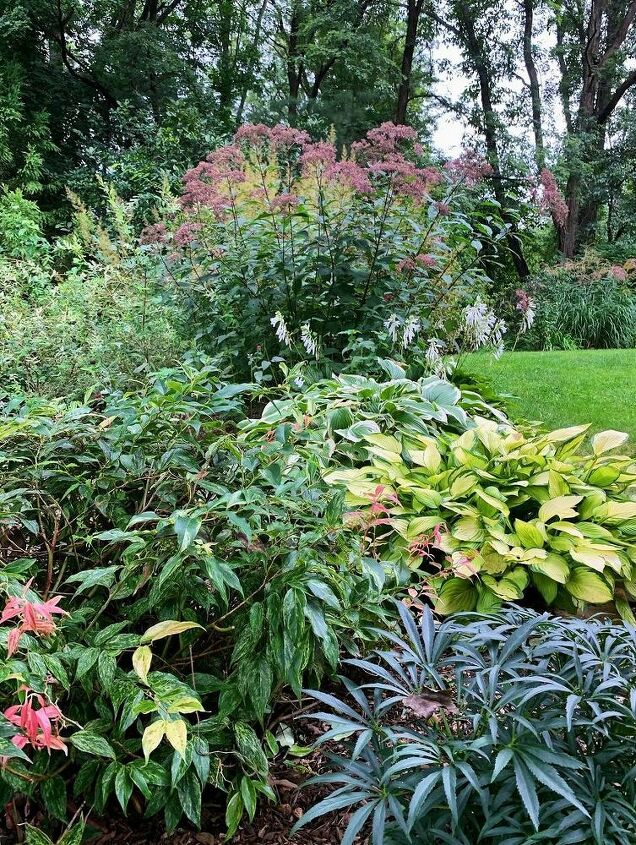

















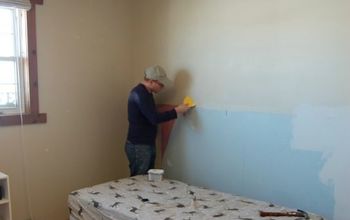






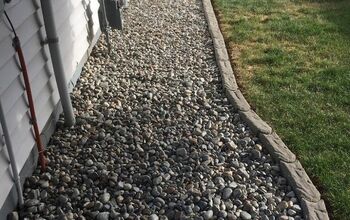
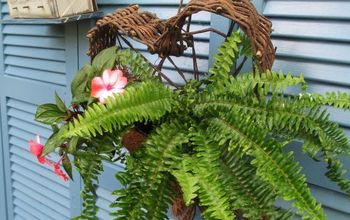
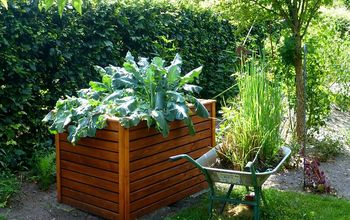

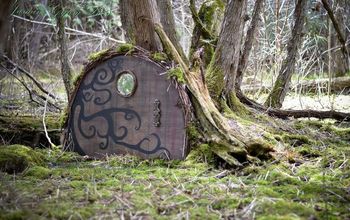





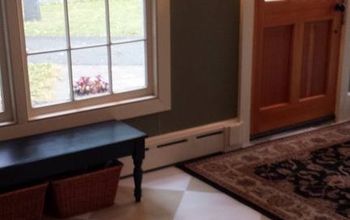
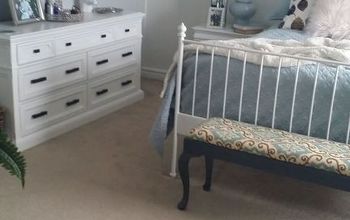
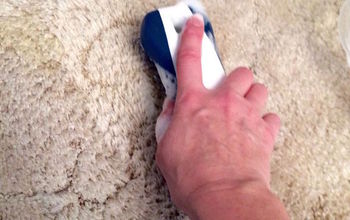

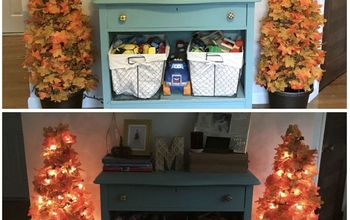

Frequently asked questions
Have a question about this project?
I have a very small landscaping joy offlagstone what’s my steps
What about watering? I live in the Central Valley of California and we have to irrigate. What is your plan?
This may be a dumb question but...
do you have to use a soil test kit in several spots around your yard for planting or is the soil basically the same throughout?